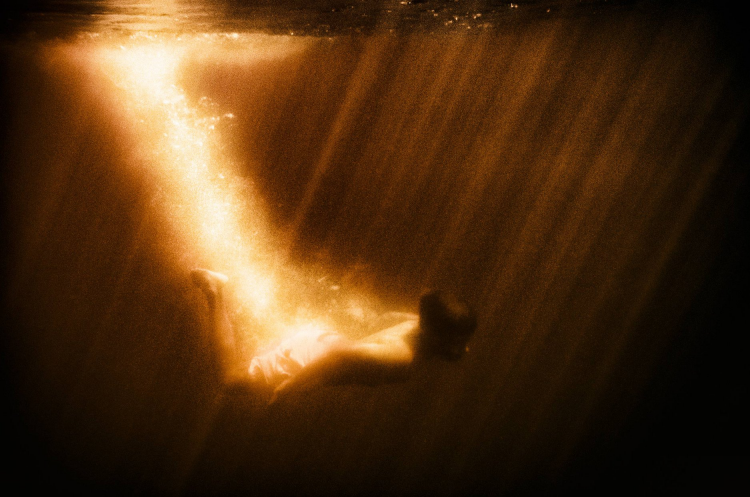 |
| Doppio autoritratto, Xavier and Antonio Bueno, 1944. |
Almost unheard of in the history of art - I can think of no other example - are these double portraits, brothers painting themselves on the same canvas. (I don't know if, in either or both cases, the brothers painted each other or themselves, a portrait of his sibling or a self-portrait.) And I can think of very few sibling artists whose work was so similar in style and subject matter - until they both veered off in other directions in the 1950s - and very, very few who sometimes
shared a canvas.
 |
| La carrozza ovvero passeggiata alle cascine, Xavier and Antonio Bueno, 1942. |
 |
| I haven't been able to identify the person seated next to Antonio... |
 |
| ... but the woman beside Xavier is the writer Julia Chamorel, his wife (?) and mother of his daughter. |
 |
| Autoritratto, Antonio Bueno, 1946. |
 |
| Autoritratto, Xavier Bueno, 1947. |
 |
| Autoritratto, Antonio Bueno, 1940. |
 |
| Autoritratto, Xavier Bueno, 1947. |
 |
| Autoritratto con pipa, Antonio Bueno, 1943. |
 |
| Still Life, Xavier and Antonio Bueno, 1947-48. |
 |
| Natura morta con tavolozza, Antonio Bueno, 1948. |
 |
| Strumenti di lavoro, Xavier Bueno, circa 1945. |
 |
| Still Life, Antonio Bueno, 1948-49. |
 |
| Il Manichino, Xavier Bueno, 1948. |
 |
| Ritratto di Evelina, Xavier Bueno, 1947. |
 |
| Nudo con fiori, Antonio Bueno, 1947. |
 |
| Still Life, Antonio Bueno, 1947. |
 |
| Strumenti musicali, Xavier Bueno, 1942. |
 |
| Natura morta con elmo e strumenti musicali, Xavier Bueno, 1942. |
 |
| Natura morta con iris, Antonio Bueno, 1948. |
 |
| Still Life, Xavier Bueno, circa 1948. |
 |
| Natura morta con fornellino elettrico, Antonio Bueno, 1942. |
 |
| Natura morta, Xavier Bueno, 1950. |
 |
| Still Life/Dragonfly, Antonio Bueno, 1947. |
 |
| Still Life, Antonio Bueno, 1951. |
 |
| Il pittore e la modella, Antonio Bueno, 1952. |
This last painting - oddly, the piece I came across first, the thing that got me Googling the artist - marks a transitional period in Antonio's work. Beginning in the 1950s, both brothers abandoned their earlier style, going in different directions, making work that bore no relation to the work I've shared here or to the work of each other. I feel guilty saying so, but I don't care for that later work - not at all - and so I'm
not sharing it here...!
*
Xavier Bueno (16 January 1915, Vera De Bidasoa - 17 July 1979, Fiesole) and Antonio Bueno (21 July 1918, Berlin - 26 September 1984, Fiesole), Spanish-born artists and brothers, both resident in Italy from 1940. They were the middle and youngest of the three sons of a journalist and travelling correspondent; the eldest brother, Guy, was born in France, Xavier in the north of Spain, and Antonio in Berlin while World War I was still raging. After the war, the Bueno family moved back to Madrid, but soon left for Geneva. Both boys showed artistic talent early on, and Xavier was enrolled at the Fine Arts Academy in Geneva soon after the family relocated to Switzerland, Antonio enrolling there only a few years later. Xavier moved to Paris in 1937 where his work was shown at the
Salon des Tuileries, the
Salon d'Automne, the
Salon des Indépendants, and the
Salon d'Art Mural; it was also included in the Spanish Pavilion at the Universal Exhibition in New York. Antonio joined his brother in Paris the following year, his work being exhibited in the
Salon des Jeunes. In 1940 the two brothers traveled to Florence. It was meant to be a brief trip to study the Renaissance masters, but they unexpectedly settled in the Tuscan capital, both living there for the remainder of their lives. In the years following World War II, the brothers studied and worked with Pietro Annigoni and the Armenian artist Gregorio Sciltian. And in 1947 they joined in the signing of the manifesto of the
Pittori moderni della Realtà (Modern Realist Painters), a group of artists who were emphatic in their rejection of abstract art and believed in making work that could be understood by anyone, as opposed to just the “few sophisticated.” The movement lasted only three years, and thereafter the brothers' work began to diverge stylistically, both artists developing their own unique approaches, both eventually making work quite different than their earlier paintings. They would die five years apart in their adopted home of Fiesole at the ages of sixty-four, and sixty-six, respectively.
I haven't been able to learn much about the brothers' personal lives, but Xavier had a daughter with Swiss writer Julia Chamorel. Caterina Bueno (2 April 1943, Fiesole - 16 July 2007, Florence), was a well-known singer and folk music historian.









































































